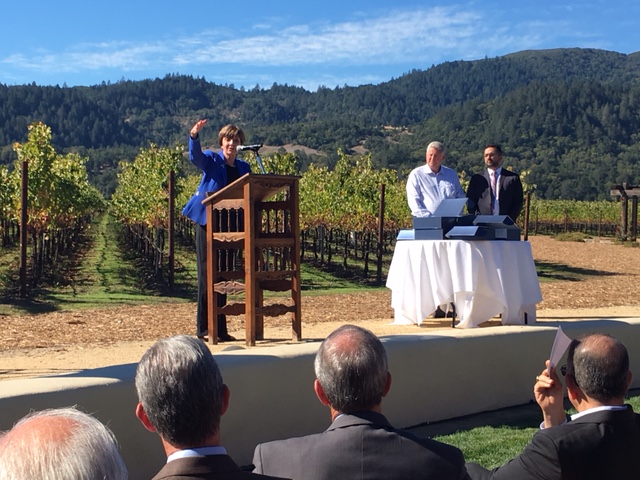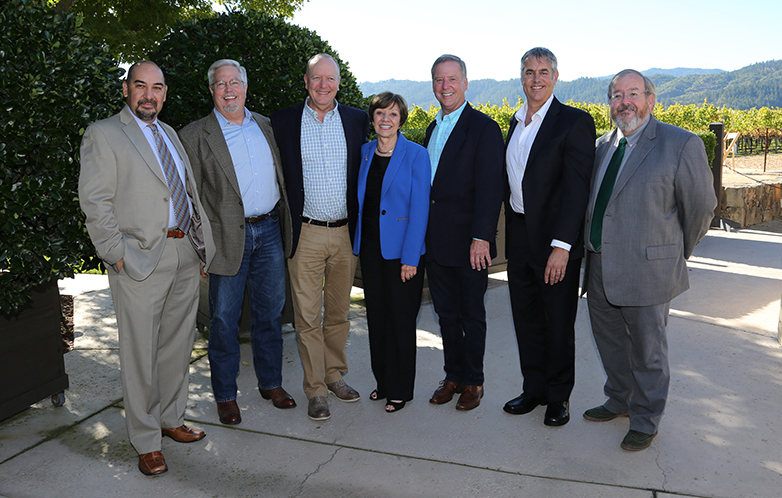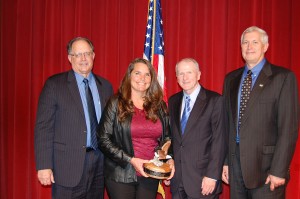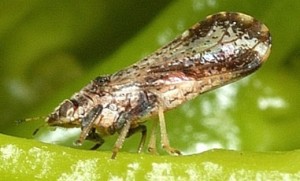On January 4, 2011, President Obama signed landmark legislation – the Food Safety Modernization Act (FSMA), the most sweeping reform for food safety laws in over 70 years. FSMA aims to create an integrated food safety system and improve the quality of food products to the public by reducing foodborne illness. Implementation of FSMA for the Produce Safety Rule will begin January 2018.

CDFA Secretary Karen Ross, Dr. Stephen Ostroff, FDA Deputy Commissioner for Foods and Veterinary Medicine, and stakeholders participate in round table discussion.
The California Department of Food and Agriculture’s (CDFA) Division of Inspection Services hosted a three-day produce industry tour earlier this month for officials from the U.S. Food and Drug Administration (FDA) to learn about California’s diverse farming operations, and to meet with producers. The tour brought together a team from the FDA led by Dr. Stephen Ostroff, Deputy Commissioner for Foods and Veterinary Medicine, and also included CDFA Secretary Karen Ross, state partners from the California Department of Public Health, and industry representatives.
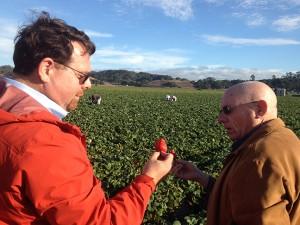
California Strawberry Commission President Rick Tomlinson and Dr. Stephen Ostroff, FDA Deputy Commissioner for Foods and Veterinary Medicine.
The activities kicked-off in Fresno, beginning with a tour of a stone fruit and table grape operation, a citrus orchard and packing house, and an almond processing operation. That same day, tour participants joined a round table discussion that included a presentation by the California Farm Bureau Federation and focused on California’s water systems and infrastructure. In light of the state’s continued drought, water use efficiency is critical and farmers are focused on using every last drop in the most effective manner. The water round table provided FDA officials first-hand information on California’s complex water system and the many challenges faced by agricultural producers and the impacts as a result of FSMA.
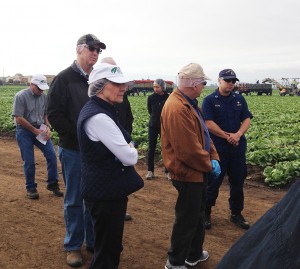
CDFA Secretary Karen Ross, Dr. Stephen Ostroff, FDA Deputy Commissioner for Foods and Veterinary Medicine, and Leafy Greens Marketing Agreement CEO Scott Horsfall.
The second day of the tour was spent in the Salinas Valley visiting a leafy green growing operation and observing a mock food safety audit. After observing harvesting in the field, the tour continued to a processing facility, and then to a strawberry grower. The Salinas Valley tour brought together many stakeholders and provided for a robust round table conversation about food safety, the importance of maintaining an ongoing dialogue with our FDA colleagues, and sharing best practices currently being implemented by farmers.
The tour concluded in San Francisco with a visit to the Golden Gate Produce Market, a wholesale market offering a variety of produce grown throughout California as well as other regions of the world. The market provides a wide array of produce to retailers, foodservice professionals and the public.
The CDFA’s California Produce Industry tour provided FDA officials a small glimpse into California’s diverse and complex farming operations and gleaned first-hand information about the challenges and opportunities for California producers in light of FSMA reforms.



